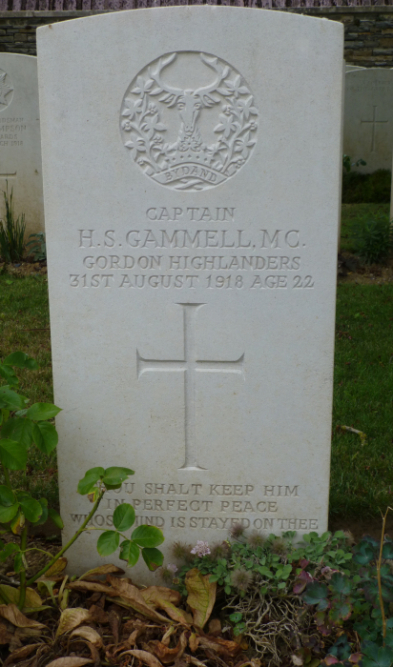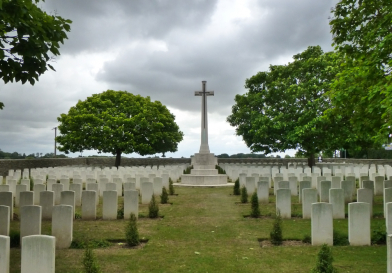Capt. Henry Stobart Gammell MC
1896-1918
Henry Stobart Gammell (known as Harry), born on 4 February 1896 at Atholl Crescent, Edinburgh, was the third child of Sir Sydney James Gammell of Countesswells and his wife Alice Stobart.
He was educated at Ardvreck and then in 1910, went to Clifton College in Bristol. There he flourished, playing rugby for the school team and in his last year at Clifton, being captain of that team. He won a prize for the piano and did well academically and in the autumn of 1914, he was awarded an entrance scholarship to Pembroke College, Cambridge.
The First World War however had started in July 1914 and because of this, he did not take up the scholarship, but on leaving Clifton in December 1914, aged 18, decided to join the army as an officer cadet. He was commissioned as a second lieutenant in the Gordon Highlanders on 29 December 1914.Having completed his training, he was promoted to Lieutenant in July and in August 1915 was sent to France to join a battalion of his regiment. Almost immediately he was in action in the first major British action of the war, the Battle of Loos. On 25 September, he was seriously wounded at Hulluch, a village about a mile north of Loos, with bullet wounds to his left shoulder. Further bullets had grazed his right leg. The regimental diary for that day says “Big attack on 25th by 3rd and 14th Divisions, with Royal Scots Fusiliers, and 1st, 4th Gordons with 2nd Royal Scots; 2nd South Lancashire Regt, and Royal Irish Rifles involved. This attack was repulsed by the enemy whose trenches and wire were not affected by the heavy bombardment, the wire could not be cut by our cutters, very heavy casualties suffered.” He was evacuated to the UK, and after hospital treatment, returned to recuperate at the family’s home at Countesswells. By December 1915 he was sufficiently recovered to return to light duty and then back to his regiment in France.
He was wounded again at St Eloi in April 1916, though we don’t know the nature of his wounds. By now he was an acting Captain whilst commanding a company.
Evidently about this time he decided he wanted to make the Army his career and in September 1916 he applied for a regular army commission. His commanding officer wrote “Lt Gammell has served for eight months at the Front with the 1st and 2nd Battalion of the Gordon Highlanders being twice wounded during that time. He has also twice been brought to the notice of higher authority for gallantry”.
Shortly after that, he was invalided home suffering from Trench Fever (a debilitating and moderately serious disease transmitted by body lice). Again following a period in hospital, he returned to Countesswells to recover.
In January 1917, he was awarded a Military Cross in the King’s New Year’s Honours. We don’t know specifically what this was for, but clearly he had been in the thick of fighting for 18 months during which time he had been twice wounded and twice mentioned for gallantry. He returned to his army duties in May 1917 and in July 1917 it was again confirmed that Lt. H. S. Gammell, M.C. retains the acting rank of Captain.
He was wounded yet again in September and again having recovered, in December 1917 he was appointed Adjutant (meaning that he was the senior Captain) in the Battalion.
On 31 August 1918, the Gordon Highlanders war diaries record that the “Brigade attacked on a 3 Bn front in the morning, Ecoust was retaken. Bn reached objective, dug in; the adjutant Captain Gammell MC was killed.” It is believed he was shot by a sniper.
He is buried at Douchy Les Ayette British Cemetery in France.
After his death, the family gave his Military Cross to Ardvreck school, who still have it.
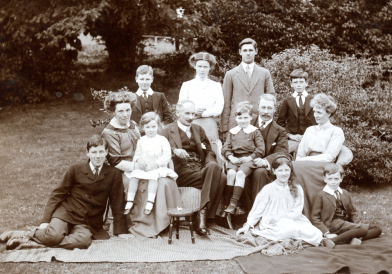
Henry (on the left) with (left to right) his mother Alice, Dick, Edward (sitting on his mother, Alice), unknown, Barbara, William (sitting on his father, Sydney), James, his father Sydney. Finella and unknown, unknown and unknown. Photo about 1911.
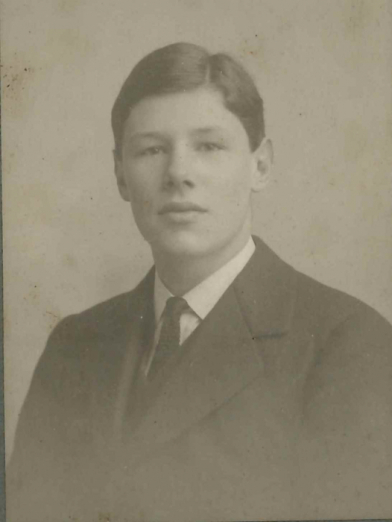
Henry in 1914 on leaving Clifton (Courtesy Clifton College Archives)
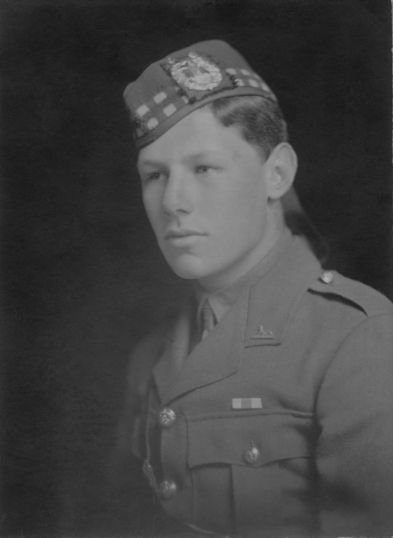
Henry in Gordon Highlander uniform, taken after January 1917 since he is wearing his MC decoration.
